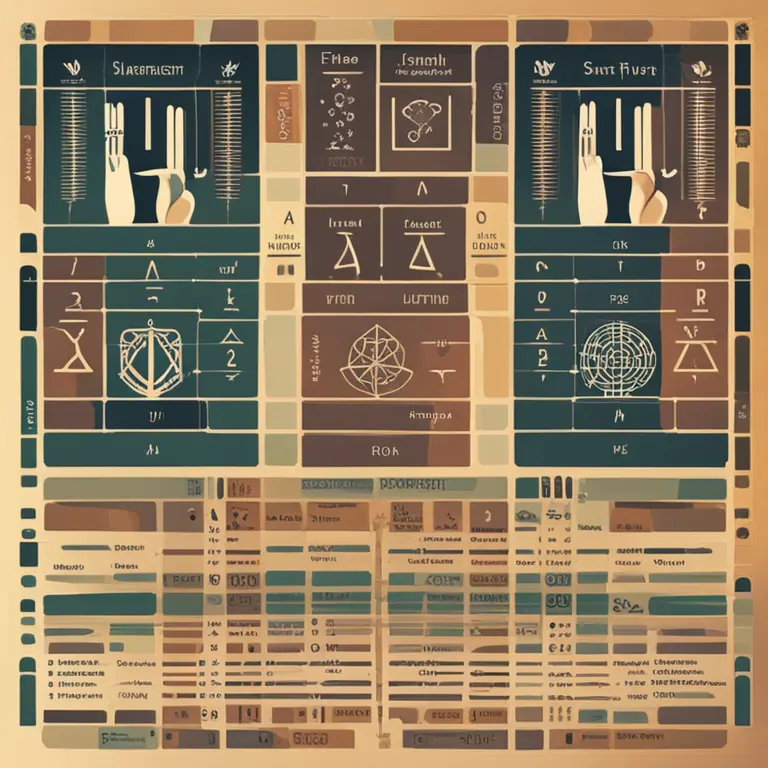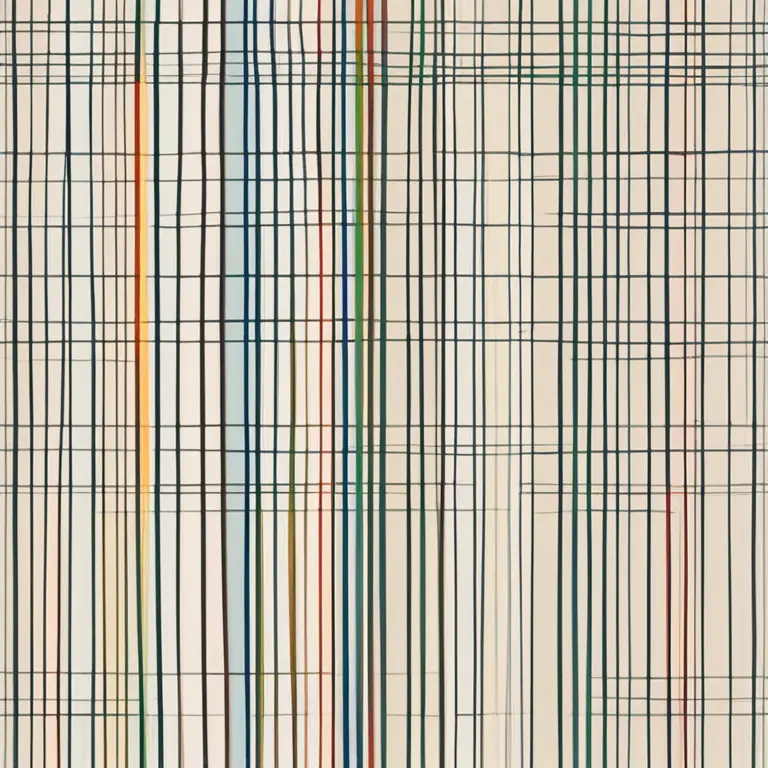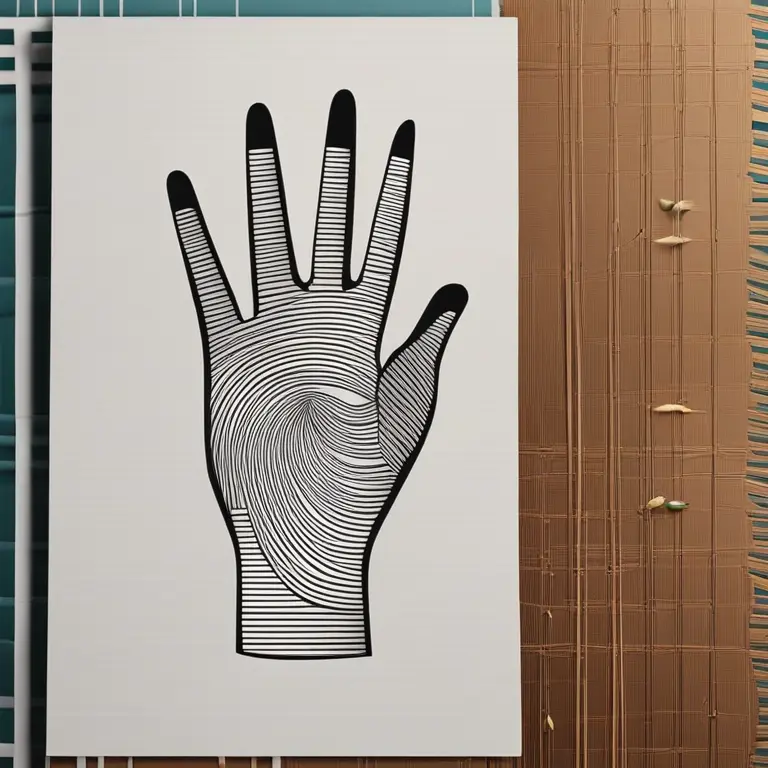
Essentials of Palmistry: A Beginner's Guide
Delve into the ancient art of palmistry and learn the foundations of reading hands for insights into personality and destiny.
article by Nora Pennington
Palm Reading: An Introduction
Palmistry, or hand reading, is an ancient practice believed to originate over 5,000 years ago, often associated with different cultures such as Indian, Chinese, and Egyptian civilizations. This mystical art is predicated on the idea that the lines and formations on a person's palm can reveal insights about their character and life's journey. As we embrace the interconnectedness of spirituality and science, palmistry remains a popular practice even in the modern worldview, captivating those looking for personal insights and self-awareness. In this introductory guide, we'll explore the primary elements that form the basis of palmistry.

The Four Elemental Hand Types
The first step in palmistry is to observe the overall shape of the hands, as they are believed to be extensions of one's elemental energy. Earth hands are characterized by square palms and short fingers, hinting at practical and responsible qualities. Fire hands possess a rectangular palm with shorter fingers, often reflecting dynamic and impulsive traits. People with air hands display square or rectangular palms with long fingers, suggesting intellectual and communicative tendencies. Lastly, water hands are recognized by their oval-shaped palms and long fingers, pointing to a creative and emotional nature.

The Palm's Major Lines
There are three major lines on the palm that palmists pay special attention to: the life line, the head line, and the heart line. The life line, which arcs around the base of the thumb, is said to indicate vitality, general well-being, and major life changes. Contrary to popular belief, its length does not determine one's lifespan. The head line, running across the palm, signifies intellectual leanings and mental pursuits. A clear, deep head line is associated with focused thinking. The heart line, found at the top of the palm, reflects emotional stability and romantic perspectives. The depth and curvature of the heart line is often interpreted to show the depth of one's emotional world.

Understanding the Minor Lines
Although less emphasized than the major lines, minor lines also hold importance in a palm reading. These include the fate line, the sun line (also known as the Apollo line), and the intuition line, among others. The fate line, when present, is thought to relate to one's life path and career success. It can indicate changes in life direction due to external circumstances. The sun line represents potential for wealth, fame, or success, and the intuition line reveals a person's psychic abilities or intuitive nature. The presence and clarity of these lines contribute to a more detailed and personalized reading.

The Significance of Mounts and Fingers
Beyond the lines, palmistry involves reading the mounts, which are the fleshy pads on the palm, and the fingers themselves. Each mount is named after a planet and corresponds to different attributes and aspects of personality. For example, the Mount of Venus near the thumb relates to love, sensuality, and attraction, while the Mount of Mercury under the pinky finger concerns communication and business acumen. Fingers and their respective phalanges can also be indicative of character traits and potential. Analyzing finger lengths, their shapes, and how they set on the palm can offer additional insights.
Putting It All Together
Hand reading is an intricate synthesis of all these features—lines, shapes, mounts, and fingers—and a seasoned palmist integrates these elements into a cohesive narrative about the person being read. By studying these fundamental aspects, even beginners can start to appreciate the complexities of palmistry. It's important to approach this practice with an open mind and consider the readings as one of many tools for introspection and self-discovery. Remember that palmistry is not about deterministic predictions but rather about exploring potential tendencies and paths.
Published: 1/11/2024
Modified: 1/12/2024
More predictions
Come back here soon to learn more about yourself and your future


Can We Trust Palmistry?
Delving into the realm of palmistry, this article examines its credibility and place in contemporary spiritual practices.


Can Palmistry Foresee One’s Demise?
Delve into the contentious debate about whether palmistry can predict the end of life and the ethical considerations of such a claim.


Palmistry Basics: How to Read Your Hand's Secrets
Learn the basics of palmistry with this guide on how to read the lines and shapes of your hands to reveal insights about your personality and future.